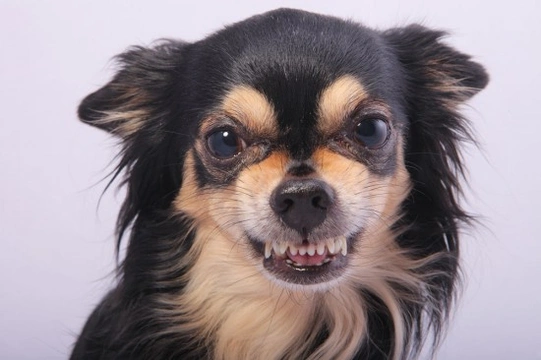
Resource Guarding in Dogs: Understanding and Managing Behaviour
What is Resource Guarding?
Resource guarding is a natural behaviour observed in many dogs where they protect valuables such as food, toys, resting spots, or even a preferred human from perceived threats. This can manifest as staring, freezing, growling, lip lifting, snarling, air snapping, and sometimes biting. While it is a normal instinct for dogs to defend their resources from other dogs, problems arise when this behaviour is directed towards humans, especially children, who may not recognise the subtle warning signs.
Understanding resource guarding as a normal canine behaviour helps owners respond sensitively and effectively, reducing the risk of injury and building a trusting relationship with their dog.
How Resource Guarding Develops
Resource guarding can begin early in a dog's life, often in puppies competing for limited resources like food bowls, toys, or resting places within a litter. More confident or driven puppies learn that showing aggression helps maintain access to those valued resources. Unfortunately, if this behaviour transfers to interactions with people once homed, it can create challenges.
A common mistake by new puppy owners is to remove the food bowl when their puppy growls. This can inadvertently increase the puppy's fear that the owner is a threat to their resource, potentially escalating aggression. Instead, teaching puppies that human presence near valued resources predicts positive outcomes is a more effective strategy.
Teaching Puppies Not to Guard
To prevent resource guarding, introduce your puppy to a positive routine around valued items. For example, when approaching your puppy's food bowl, drop small treats inside so your puppy learns that people bring good things rather than threats.
Teach clear commands like "leave", "drop", and "off" using rewards when your puppy relinquishes items willingly. Positive reinforcement rather than punishment encourages cooperation and reduces defensive behaviours over valued possessions.
Managing Established Resource Guarding
If your dog already shows resource guarding, professional behaviourist help is advisable. A tailored behavioural modification plan generally includes desensitisation and counter-conditioning techniques. These approaches start by exposing the dog to the resource with no threat present, gradually increasing exposure at a pace the dog can tolerate without stress.
For example, you might start by presenting an empty food bowl, slowly adding small amounts of food while remaining calm and non-threatening. Over time, the dog learns to associate your presence near the resource with positive experiences rather than threats.
Safety Guidelines for Owners
While working on behaviour modification, safety is paramount. Prepare your dog's food in a separate room and only allow your dog to enter once the bowl is down. Leave the room immediately after putting the bowl down to avoid triggering guarding responses. Do not let others, especially children, near the dog during meals unless supervised.
If you need to move your dog from furniture or make them drop an item, use indirect distractions such as running excitedly out of the room to encourage your dog to follow. Avoid approaching your dog directly in situations where aggression has occurred before.
When to Seek Professional Help
Resource guarding carries real injury risks and can significantly affect the bond between dog and owner. Early intervention by a suitably qualified behaviourist can create an effective and safe treatment plan tailored to your dog's specific needs and circumstances.
In summary, resource guarding is a normal but potentially problematic dog behaviour that benefits greatly from understanding, gentle training, and professional guidance. Responsible ownership involves recognising warning signs, promoting positive associations, and ensuring safety for everyone involved.
For new puppies, consider finding your new canine companion from reputable breeders who prioritise socialisation and temperament, helping reduce the chance of resource guarding developing.



